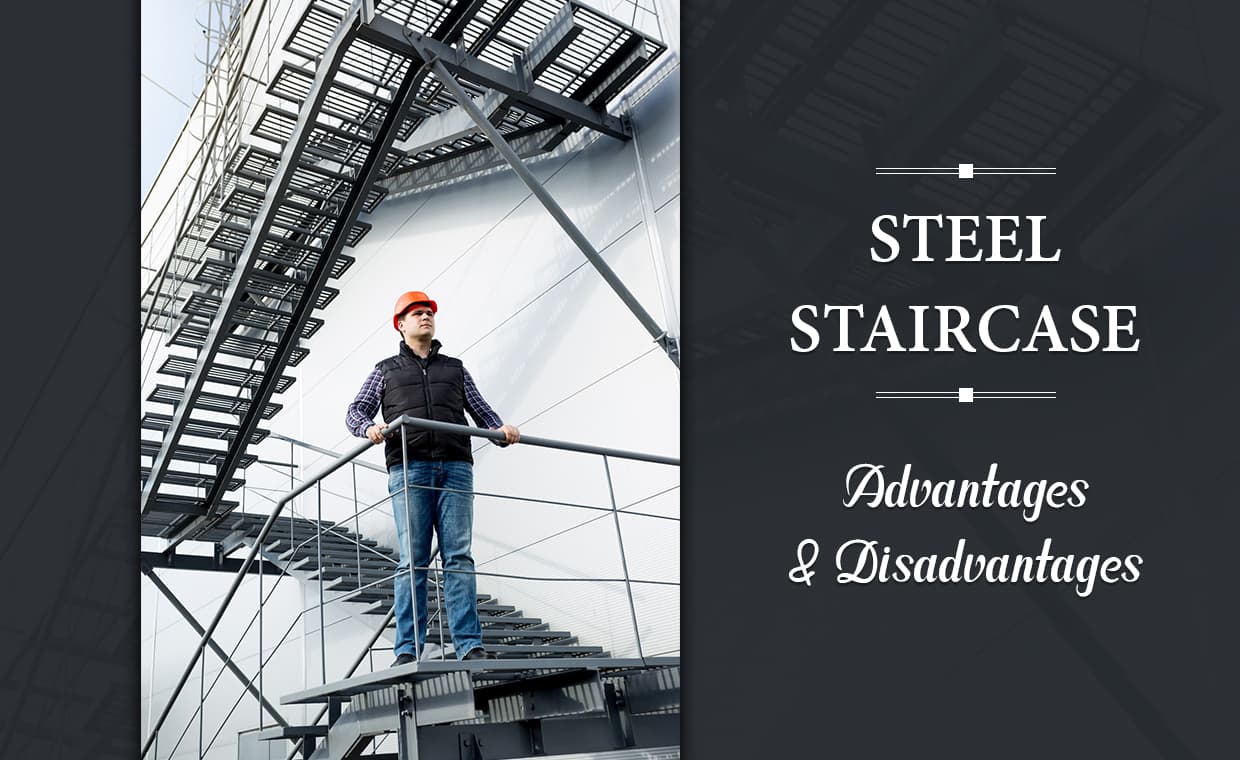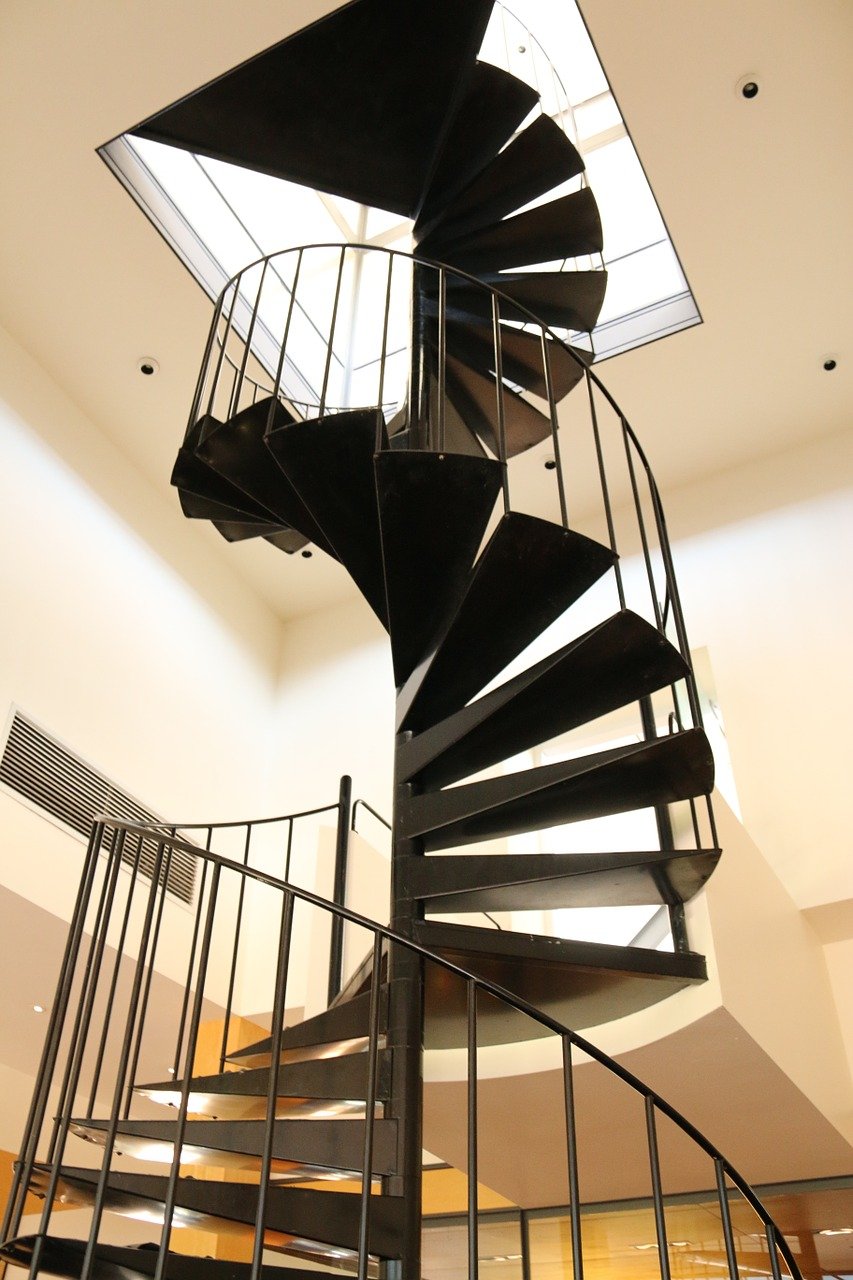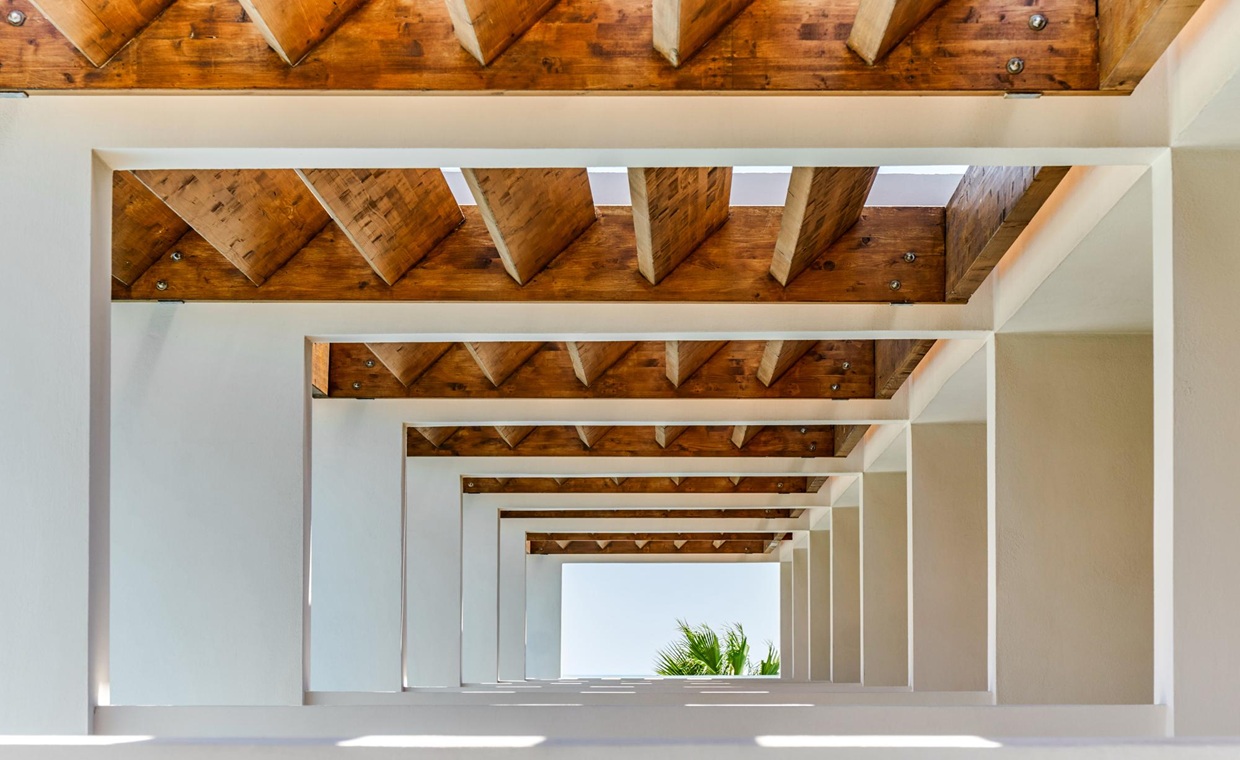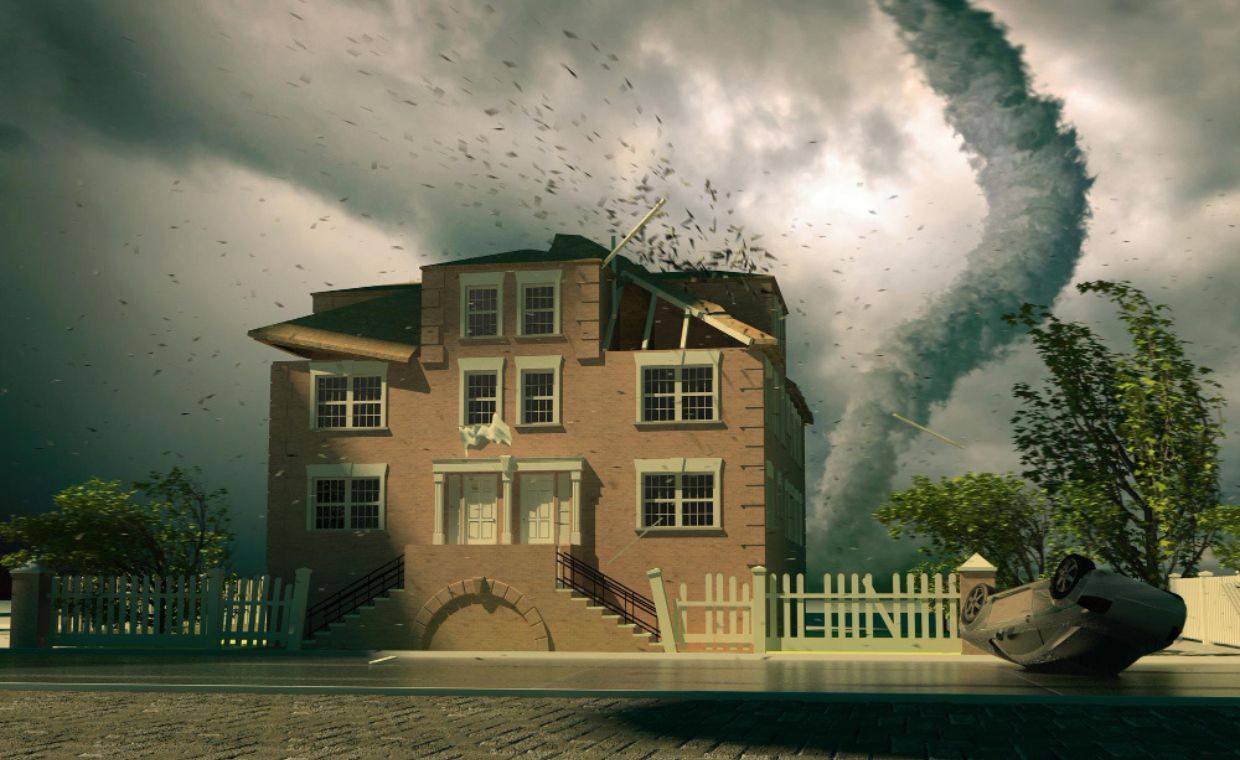
A staircase is an essential component of any type of structure, whether residential or industrial. Not only does it provide a necessary function, but it’s also a fundamental design element. While picking the staircase style may be enjoyable, selecting the appropriate materials is also critical.
The staircase’s material must be ergonomic, cost-effective, and visually pleasing. One material that offers these advantages is steel, which is formed when iron and carbon are combined. Numerous industries that follow the stair riser height rules use structural steel for their staircases and other construction components.
Most Common Pros and Cons of Steel Staircases
Advantages of Steel Staircases
Steel’s many advantages have made it a popular choice among many sectors. Here are a few benefits of using steel for your staircase:
Sturdiness:

There are many reasons why steel is widely used in the construction industry. One of the main reasons is it’s a robust metal that can withstand severe circumstances like natural disasters and heavy loads. This ensures the efficiency of things constructed using it.
When steel is used to construct a staircase, it’s often very sturdy, in contrast with wood and other materials. This implies that by using steel staircases, you can ensure the safety of your structure.
Durability of Steel Staircase:
Steel stairs are designed to endure a long time as it doesn’t degrade or expand. In addition, unlike other materials, steel is impervious to termites and other pests. It’s a high-quality material with great strength and durability that can withstand any pressure for years.
Steel’s longevity results from stringent industrial standards and construction regulations that require building supplies to be of approved grade. These regulations make sure that steel buildings are corrosion-resistant since rust is known for reducing durability and overall integrity.
Security in Steel Staircase:

Steel may be somewhat more secure than other construction options. Steel staircases are constructed in such a way that the likelihood of slipping is very low. If a slip does occur, a steel landing has a gentler impact than concrete. Additionally, the stairs have a handrail that may be used for support to avoid dangerous falls.
Versatility:

Steel is a malleable metal, and you may mold it into whatever design you choose. It may be used to build a spiral staircase and also modern designs. Due to the extremely adaptable and adjustable nature of this material, you may create various bespoke staircases for your home, business, or other structure.
Steel stairs are considered trendy and stylish nowadays, particularly in houses and workplaces. You can incorporate your personal style and uniqueness into your steel staircase by using different types of wood, tiles, or stones for railings and balustrades.
Strength of Steel Staircase:
Despite its inherent strength, steel could be toughened or softened using heat treatment. Steel is an excellent building material due to its ability to be hardened. Its composition determines steel’s strength. Additionally, alloy could be added to steel to confer desirable characteristics.
The addition of suitable alloying elements may strengthen steel. For example, manganese may improve steel’s abrasion resistance, toughness, and ductility. Nickel also contributes to the enhancement of steel’s corrosion resistance and overall hardness.
Steel Staircase is Economical:

Steel stairs are usually less expensive than other staircases. To begin with, steel is a very economical metal to manufacture. Second, reduced labor expenses result in a lower price for steel staircases. It also requires less time to construct than other staircases.
Steel staircases may be built in a factory before being sent to the site to be installed quickly. Pre-built detachable parts may also keep labor expenses down by reducing setup time.
Low Maintenance:

Steel is a relatively low-maintenance material. When steel staircases are thoroughly coated with rustproof paint, they should last many years without the need to be repainted. They’ll remain in excellent condition for decades and will just need the occasional dusting and cleaning.
Sustainable:

Steel is one of the most environmentally friendly building materials since it can be reused and recycled without losing its quality. Steel production uses a large amount of scrap, which helps minimize the use of non-renewable resources.
By minimizing pollutive waste, the utilization of recycling in steel production helps protect the environment. Furthermore, steel manufacturing doesn’t need the use of unnecessary energy or hazardous materials.
Disadvantages of Steel Staircase
However, just because steel has many advantages doesn’t mean it has no drawbacks. Here are some disadvantages of using steel for your staircase:
Conductor of Heat:
When steel heats up and comes into contact with readily flammable materials, poorly fireproofed steel may cause fires. Steel staircases must be fireproofed to avoid fire accidents, which adds to the total cost of construction.
Prone to Rust and Corrosion:

In contrast to wood and concrete, steel is particularly known for rusting, particularly when exposed to corrosive or acidic conditions. While certain kinds of steel withstand corrosion and rust better than others, they still need upkeep, which may be expensive in the long run. Staircases may need periodic painting to maintain a corrosion-resistant layer.
Manufacturing Inconsistencies:
Production errors may bring impurities into steel, resulting in a tiny crack that quickly propagates into larger ones, resulting in fracture. Brittle fractures may result in disastrous failure since its onset is generally undetectable.
Buckling is also a frequent occurrence when longer steel pieces are used in stairs. Another possible problem with steel staircases is insufficient upkeep. When unskilled welders approach minor repair work casually, they risk interfering with the optimum tensile thickness, causing the stairs to split, buckle, or collapse.
Limited Capacity for On-Site Customization:
Unlike wood that may be customized on-site, a pre-made steel staircase is often delivered in determined proportions. This implies that if measurements are wrong, installation activity will be halted until the mistakes are rectified. Correcting mistakes may substantially extend the duration of the entire process, thus raising expenses.
Wrapping Up
There are plethora of advantages and disadvantages of steel staircase. Apart from its sturdiness and durability, steel is also an economical material. While the initial cost of steel may seem expensive, its longevity and toughness make the investment worthwhile as little upkeep would be required. Consider the ideas mentioned here as you incorporate steel staircases in your establishment. And before you leave, don’t forget to read following articles:































